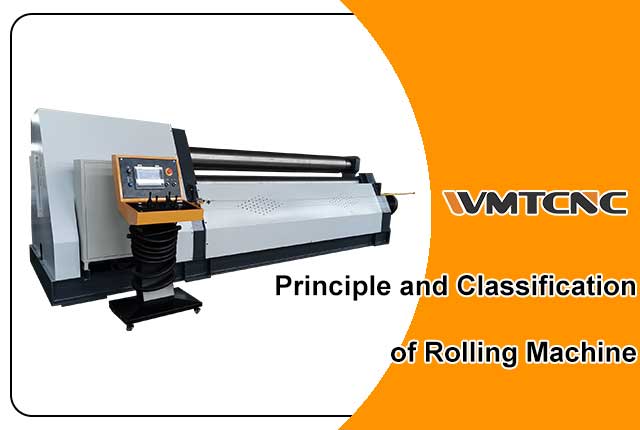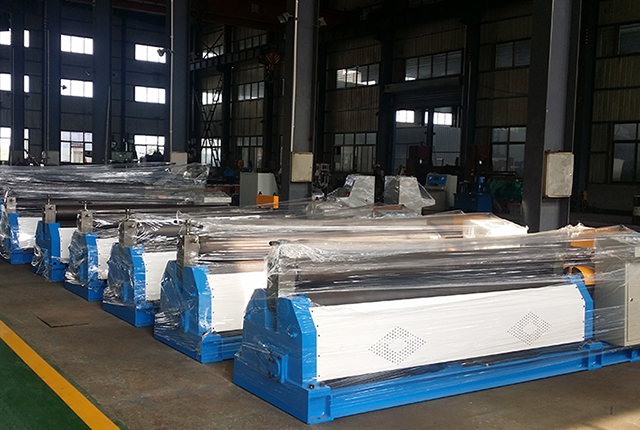WMT CNC Industrial Co., Ltd | All Rights Reserved.Design & Developed by VW Themes

A rolling machine is a kind of general equipment that can roll and bend metal sheets into a cylinder, arc, or another shape workpiece. According to the principle of three-point rounding, the continuous plastic deformation of sheet metal is produced by using the relative position change and rotation movement of the workpiece to obtain the workpiece with a predetermined shape.
The products are widely used in boiler, shipbuilding, petroleum, woodworking, metal structure, and other machinery manufacturing industries. As a special machine, plate bending machine plays an important role in basic industrial processing.
All steel forming for cylindrical, almost all with the rolling machine roll. It has applications in the automobile, the military industry, and so on.
According to different requirements, it can roll out steel columns that meet the requirements, which is a very practical instrument.

In foreign countries, it is generally divided by the configuration of the work roll. In China, the number and adjustment form of work rolls are generally taken as the standard to implement mixed classification, which is generally divided into
It has been several decades since the mechanical transmission was used in plate rolling machine. Because of its simple structure, reliable performance and low cost, it is still widely used in medium and small plate rolling machines. In the rolling machine with low speed and high torque, because of the large volume of the transmission system, the large power of the motor and the large fluctuation of the power grid when starting, the more and more hydraulic transmission is used. In recent years, there is hydraulic motor as the source to control the movement of work roll, but the main drive is still mechanical transmission of mechanical and hydraulic mixed transmission of plate bending machine, there are also hydraulic motor as the work roll rotation power source of all hydraulic plate bending machine.
The working capacity of the plate rolling machine (bend metal sheets) refers to the capacity of the minimum drum diameter when the maximum plate thickness and width are rolled according to the specified yield limit under the cold state. Cold coiling is widely used at home and abroad. The cold coil has high precision, simple operation process and low cost, but it requires high quality of plate (such as no notch, crack and other defects) and good consistency of metallographic structure. When the thickness of the rolled plate is larger or the bending radius is smaller and exceeds the working capacity of the equipment, the hot rolling method can be used on the premise of the equipment. Some do not allow cold coil plate, hot coil rigidity is too poor, then use warm coil method.